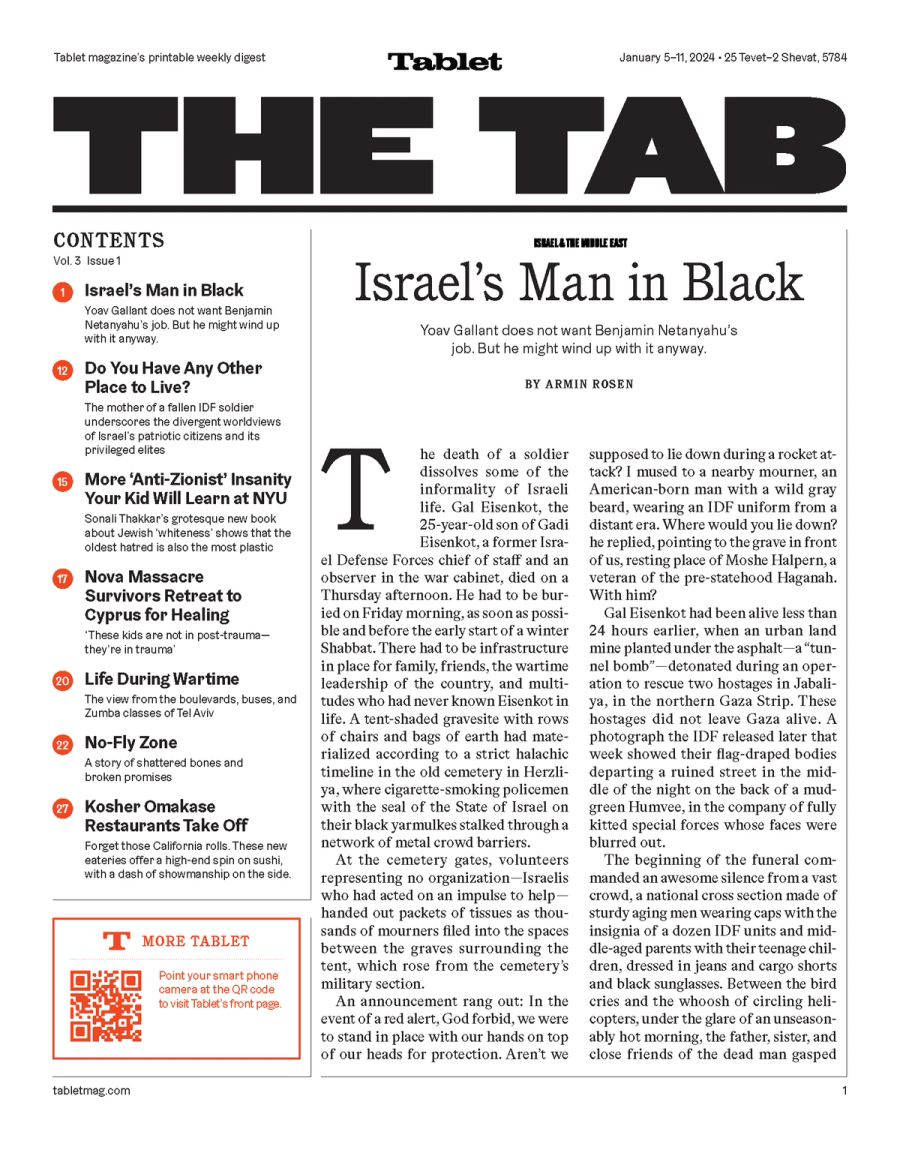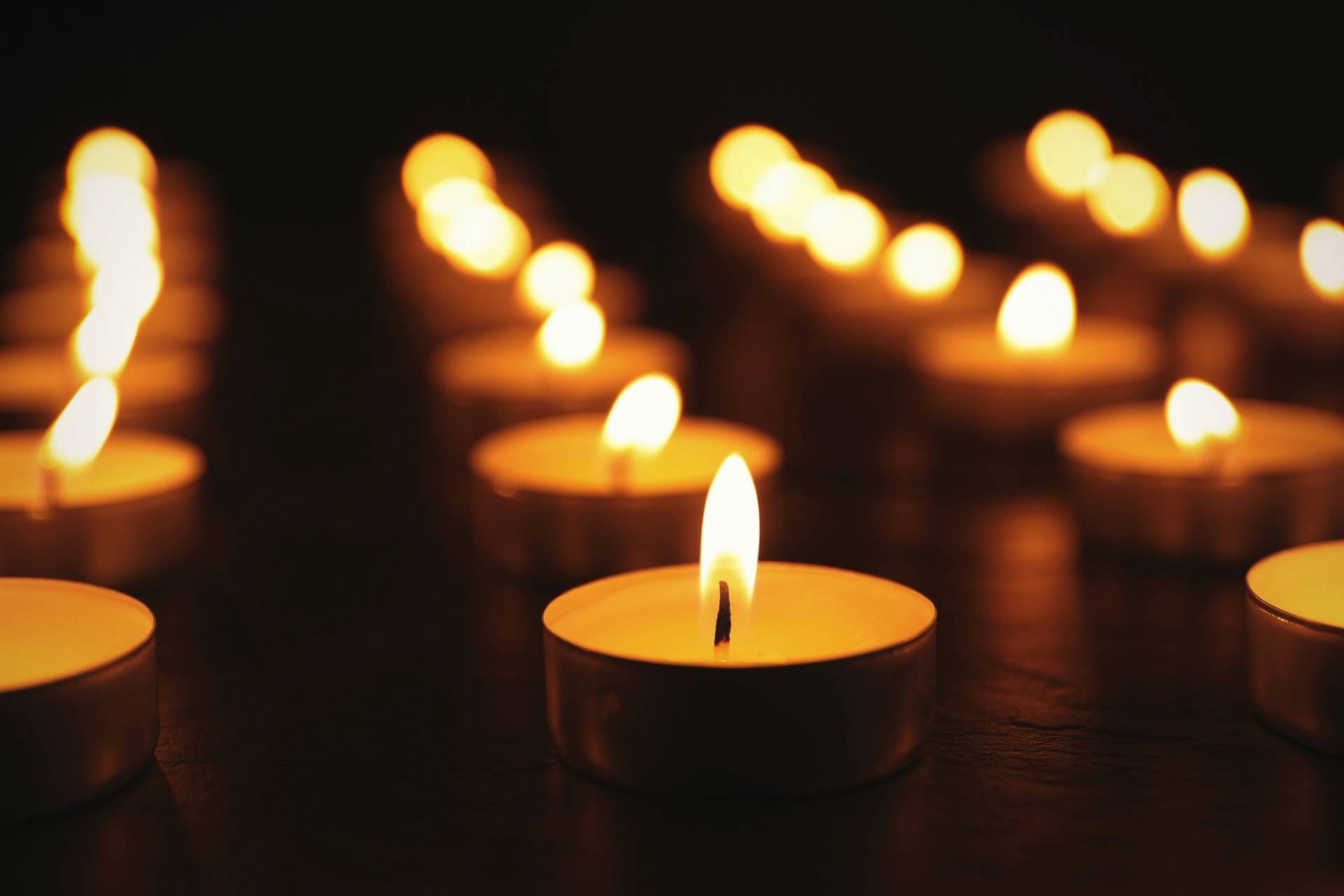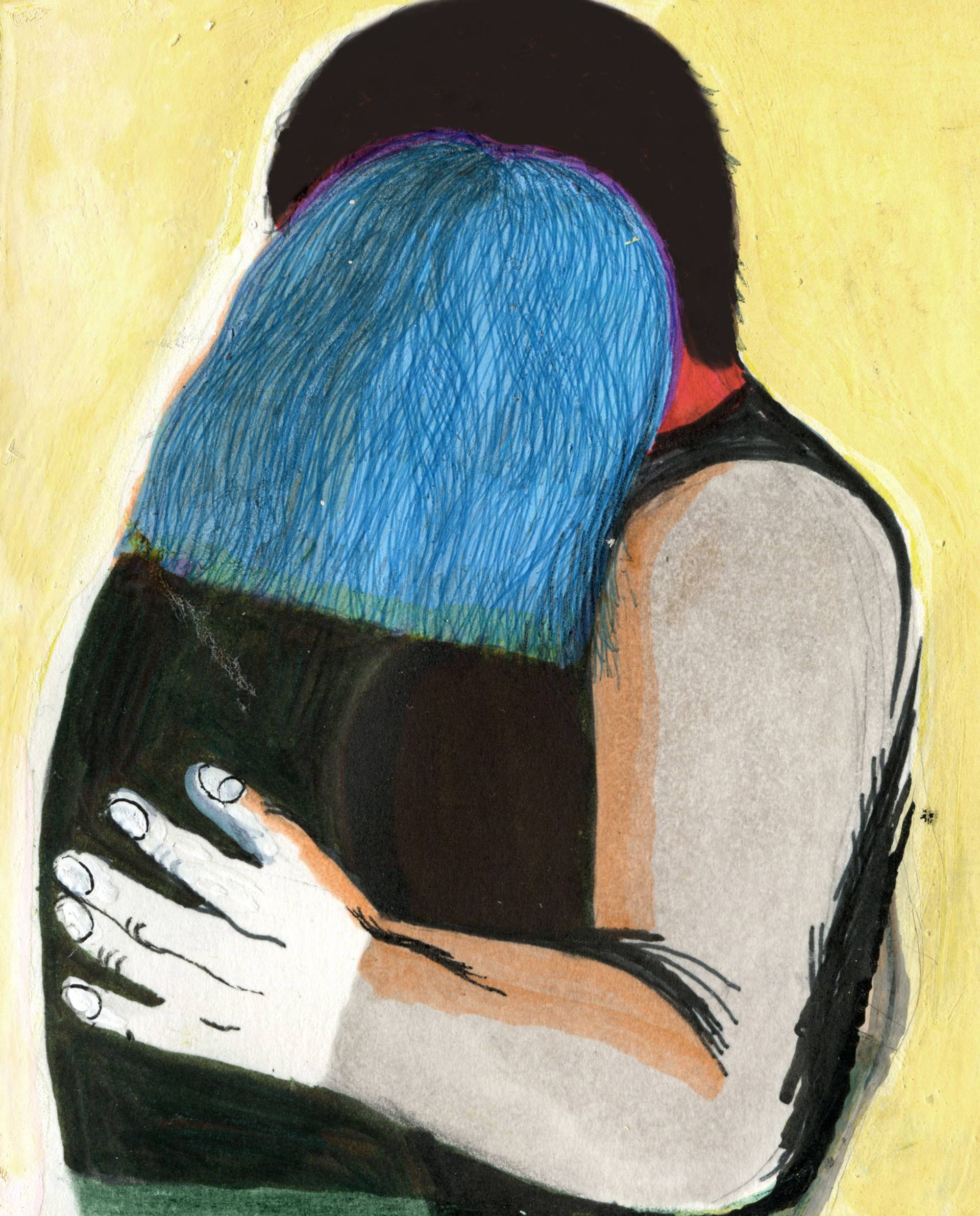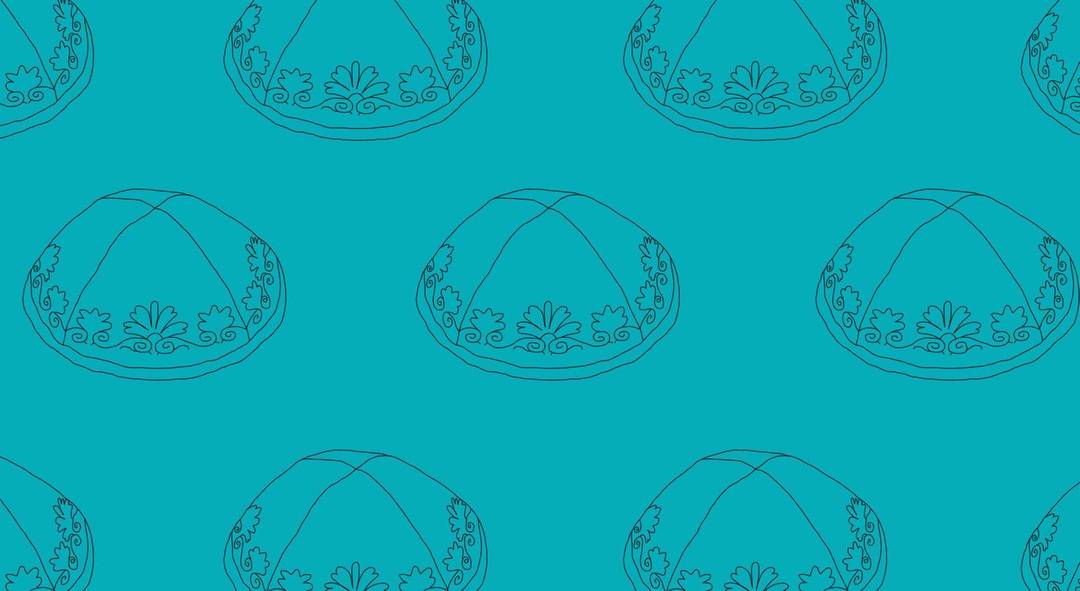Tablet Magazine
Search
Passover
Passover is here. As we celebrate the festival of freedom, take a look through Tablet’s User Guide to Passover.


The Tab
The Tab is our curated weekly digest for members that collects recent articles, recipes, an insert from The Scroll, and more. Become a member and enjoy!


Encyclopedia
conversion
[kən-ˈvɜr-ʒən] noun
There have always been converts to Judaism. If we follow Torah and say that Abraham was the first Jew, then his wife, Sarah, was the first c...
Newsletter
We believe you should sign up to get Tablet magazine’s newsletter each morning:
Zionism: The Tablet Guide


Learn Your Talmud
←︎
→︎














